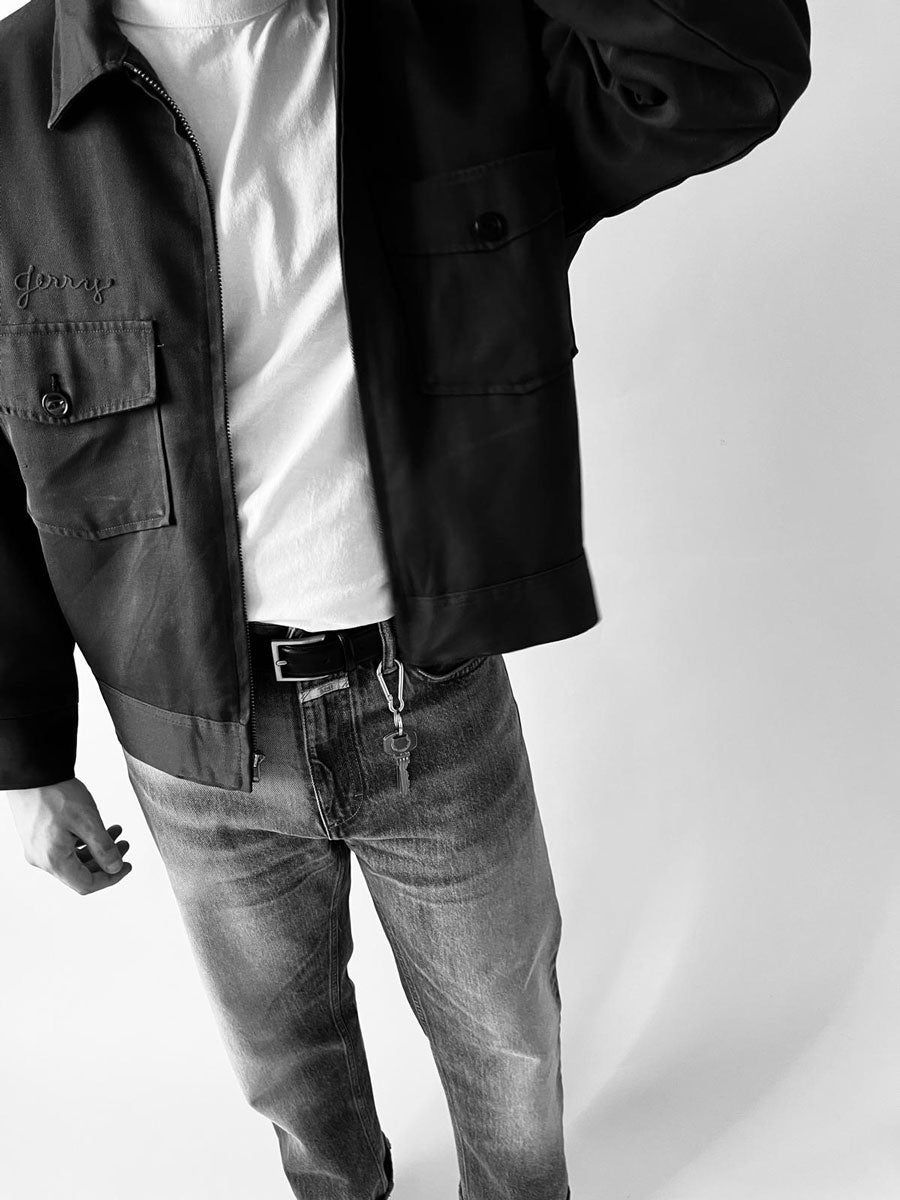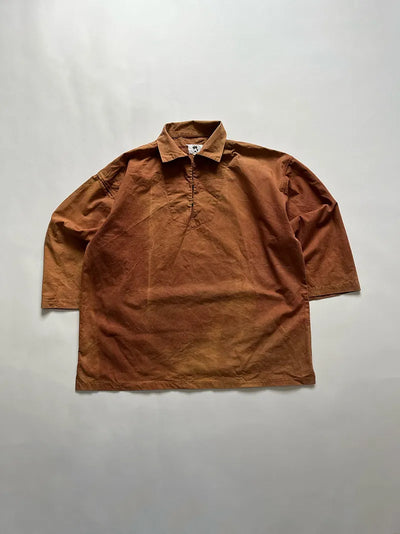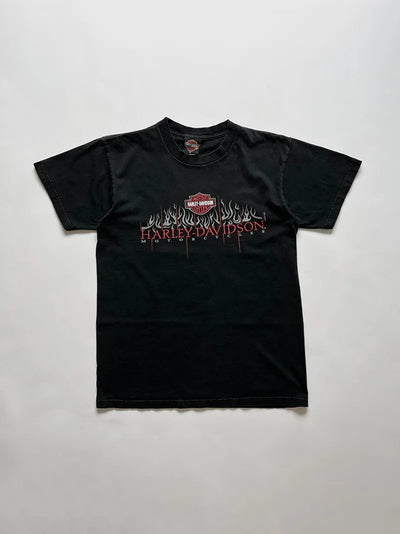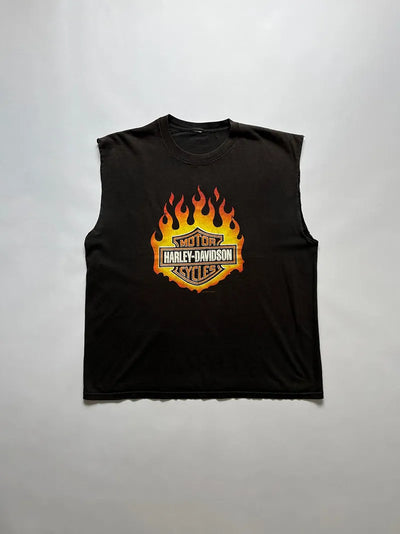





70s US Navy Army Peacoat - M
The Pea Coat, one of the most iconic pieces of clothing in the United States Navy, has a history that dates back to the 18th century. Originally worn by Dutch sailors, the term "Pea Coat" comes from the Dutch word "pijjakker," where "pij" means a coarse wool fabric and "jakker" means jacket. The jacket was adopted by the British Royal Navy in the 19th century for petty officers, prized for its durability and functionality.
In the early 20th century, the Pea Coat was integrated into the U.S. Navy uniform. Designed to withstand the harsh conditions of the sea, the coat was made of Melton fabric, a heavy wool that offered excellent protection from the cold and wind. Its short length allowed sailors to move easily while maneuvering ships, while the double-breasted design with large buttons, often decorated with nautical symbols, ensured a secure closure.
Dating: 1972
6 button construction, made of 100% wool.
Condition: excellent, with small defects in the wool.
Measures:
Label size: 38R
Recommended size - M
Length (from shoulder to bottom): 83cm
Shoulders: 46cm
Width (pit to pit): 52cm
Sleeve length: 66cm
Il tuo acquisto verrà spedito entro 1-3 giorni lavorativi.
Gli ordini saranno pronti per la spedizione il giorno lavorativo dopo la ricezione del pagamento. Non appena avremo spedito il tuo ordine, riceverai una e-mail con il numero di tracciabilità del tuo pacco.
Controlla lo stato della spedizione una o due ore dopo aver ricevuto l'e-mail.
I prodotti potrebbero comunque presentare delle piccole imperfezioni o macchie dovute al passare del tempo non riportate.
Cerchiamo di preservare i nostri capi nel miglior modo possibile ma soprattutto laviamo e igienizziamo ogni singolo indumento del nostro archivio.
Trattandosi di prodotti vintage, le misure indicate eventualmente nelle etichette dei prodotti (se presenti) potrebbero essere difformi rispetto alla realtà.
Il decorso del tempo ha modificato in modo evidente le misure e la vestibilità della maggior parte dei nostri articoli.
Per ulteriori informazioni sulle taglie e su come effettuiamo le misurazioni, fai riferimento alla nostra pagina sulla guida taglie e misurazioni.
La maggior parte dei prodotti in cotone e misto cotone possono essere lavati in lavatrice a 40 gradi Celsius / 104 gradi Fahrenheit.
I prodotti in lana vanno preferibilmente lavati a mano. Lavare in lavatrice a proprio rischio.
Ricorda che gli articoli che offriamo sono stati usati in precedenza e che alcuni sono più fragili (a seconda dell'età e delle condizioni). Tieni sempre presente questo prima di lavarli.
I prodotti in pelle vintage devono essere appesi in luoghi asciutti e trattati regolarmente per evitare crepe.
Si prega di notare che non ci assumiamo alcuna responsabilità per prodotti danneggiati durante l'uso o il lavaggio.











